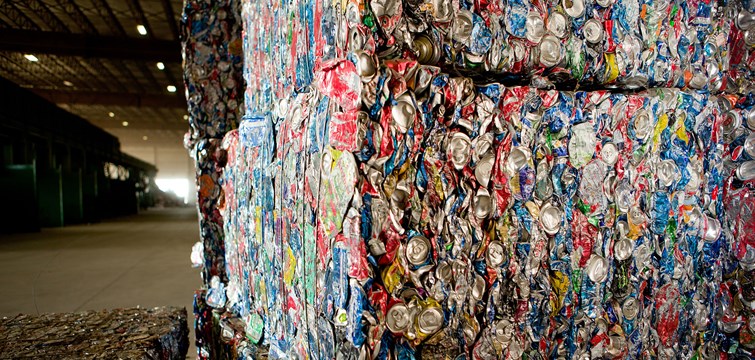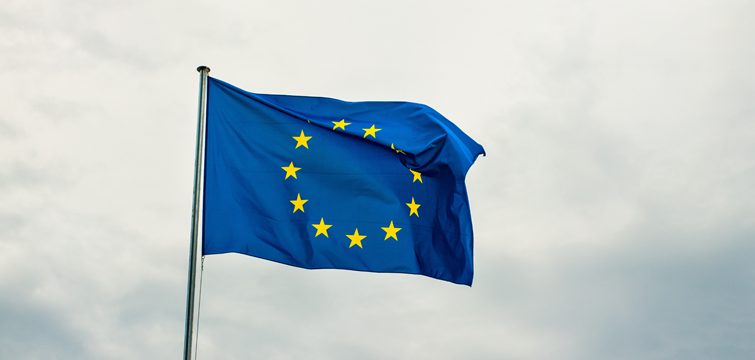Together with the portable waste batteries data summary, earlier this week the Environment Agency also issued its first guidance document on the full EEE reporting and WEEE recycling performance for 2015
This is the first to include Q4 placed-on-the-market and recycling figures.
As an approved WEEE compliance scheme, ecosurety helps its members satisfy their obligations under the WEEE regulations. This includes procuring WEEE recycling evidence on behalf of our members, and also advising on ways they can meet their obligations by diverting their own items to approved recyclers.
Here are three key observations we have pulled from the latest data publication from the EA:
1) Questions are still being asked about EEE placed-on-the-market volumes
With the 2015 compliance year now closed, the data represents the first full year that producers have had to alter their reporting as per the ‘Dual Use’ ruling. Therefore, 2015 should have seen the transition to an increase in equipment being reported as B2C instead of B2B - but has it? The signs at this stage suggest that volumes are actually below the EA’s expectation and we are aware that they are monitoring this situation closely.
2) Decline in WEEE ‘Category 11 - Display Equipment’
The sharp decline in this category (down 10,000 tonnes compared to that recycled from 2014) suggests one of two things.
The first could be that the plentiful waste stream of CRT screens has started to wane, resulting in less display equipment, by weight, being recycled. The second is that there could be a reduction in recyclers prepared to recycle this old technology, as the costs involved have increased.
With such a marked decline in recycling, producers who report into Category 11 are sensitive to the 2016 recycling target. The actual 2016 targets are due soon in April, but the indicative targets that schemes have received suggest a reduced target for Category 11 in 2016 - so good news for producers.
3) Increase in EEE ‘Category 13 - Gas discharge lamps and LED light sources’
This category is one of the most contentious at the moment. However it isn’t bad news for everyone. Since 2013, reported volumes in this category have increased five-fold.
For producers, this means their market share is not going to increase wildly as there are more producers reporting into this category. See Richard’s article How the new collection targets could help lamp producers in 2016 for more on this subject. Also, companies who are end-users of Category 13 equipment, will now benefit from free disposal costs at end of life. When the equipment was B2B, this simply wasn’t the case.
The scenario where producers are adversely affected is where their costs have increased significantly due to the application of the ‘Dual Use’ ruling. So where they never had a B2C evidence obligation, they now do and as Category 13 recycling evidence is one of the most expensive categories, these new B2C Category 13 producers have been hit by this high new cost.
On this last point, please contact us if you are a producer in this position as ecosurety can protect your interests with best value evidence and product scoping recommendations.
As always we will endeavour to keep you posted on any future releases from the Environment Agency as they emerge.

Robbie Staniforth
Innovation and Policy Director
Robbie is innovation and policy director at Ecosurety. Having spent years building an intimate understanding of the industry’s policies and politics, he uses this knowledge to help shape new legislation and oversees Ecosurety’s growing portfolio of cross-industry innovation projects including Podback and the Flexible Plastic Fund. He has worked closely with Defra during the most recent packaging consultations, outlining the impacts and required transitional arrangements of the UK’s new EPR system and is a member of the government’s Advisory Committee on Packaging (ACP). He is also a spokesperson for the company and regularly uses his influence to communicate the importance of environmental responsibility to external stakeholders.

Useful links
The recently published Q3 collection data indicates a steady progression toward the annual target, currently reaching 76%.
Read More >>In the second quarter of 2023, the WEEE collection figures show that a total of 118,953 tonnes of WEEE has been collected from households across April – June, which is a 3% increase compared to Q1 collections.
Read More >>Across the first quarter of 2023, a total of 120,433 tonnes of household WEEE has been collected, showing a slight increase of 562 tonnes compared to WEEE collected in Q1 2022.
Read More >>



